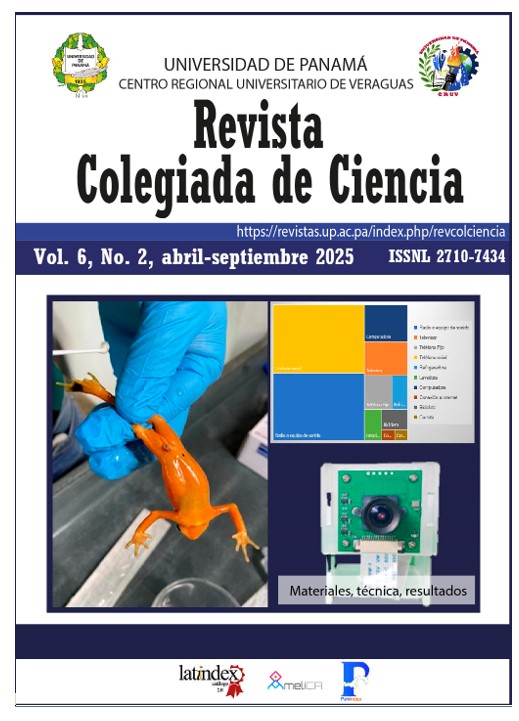

The creation of the Corregimiento Representatives in the Republic of Panama arose as a mechanism to strengthen local representation and decentralize political power. This figure was formally established by Cabinet Decree No. 214 of October 11, 1971, and consolidated in the 1972 Constitution. Its main function is to act as a link between the citizenry and government agencies, promoting community participation in decision-making. In addition, the National Assembly of Corregimiento Representatives played a key role in local administration and law-making until its reform. Over time, its structure and attributions have been subject to debate and modifications, reflecting changes in Panamanian governance. This study examines its historical evolution, its impact on local politics and the challenges faced in the country's decentralization process.